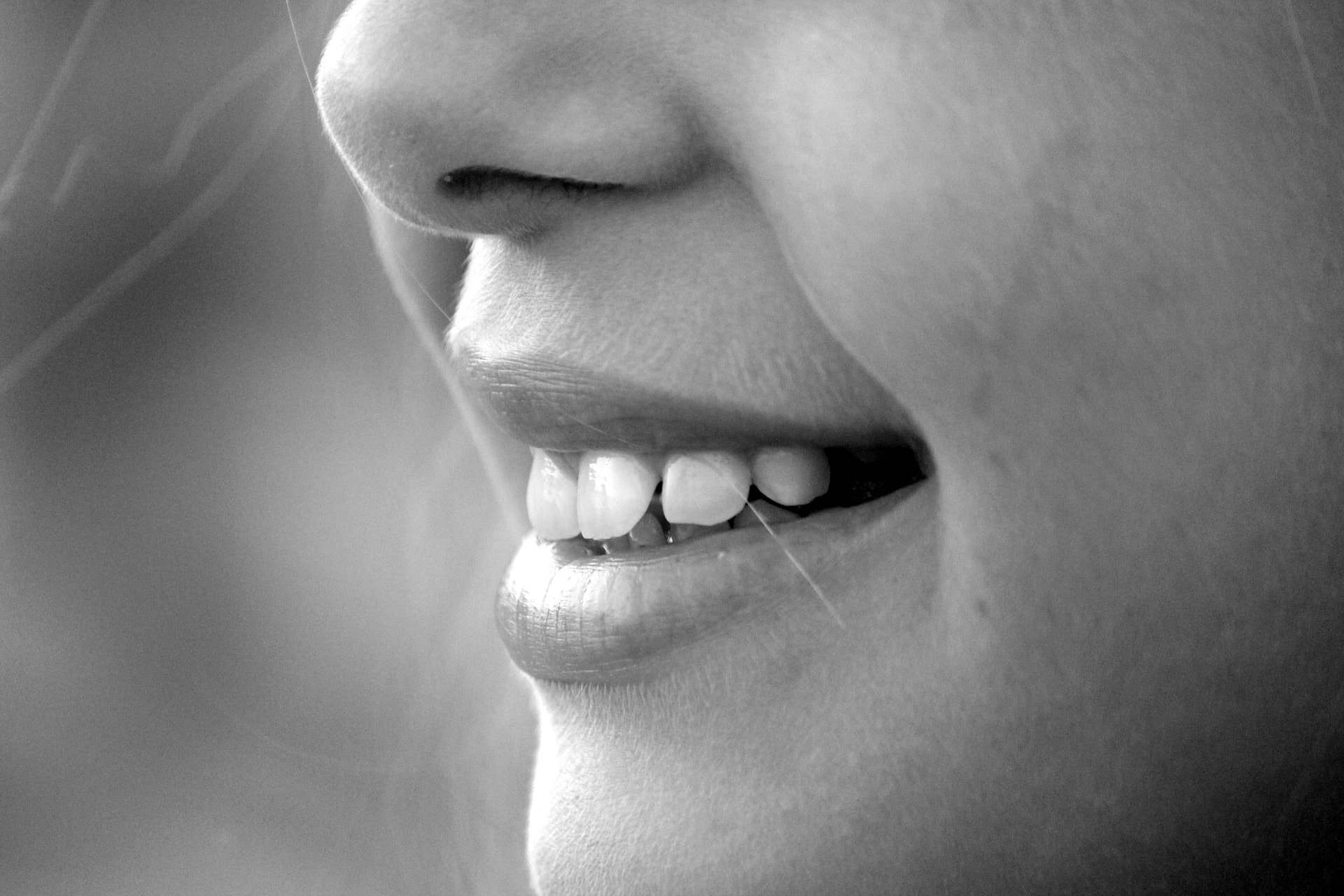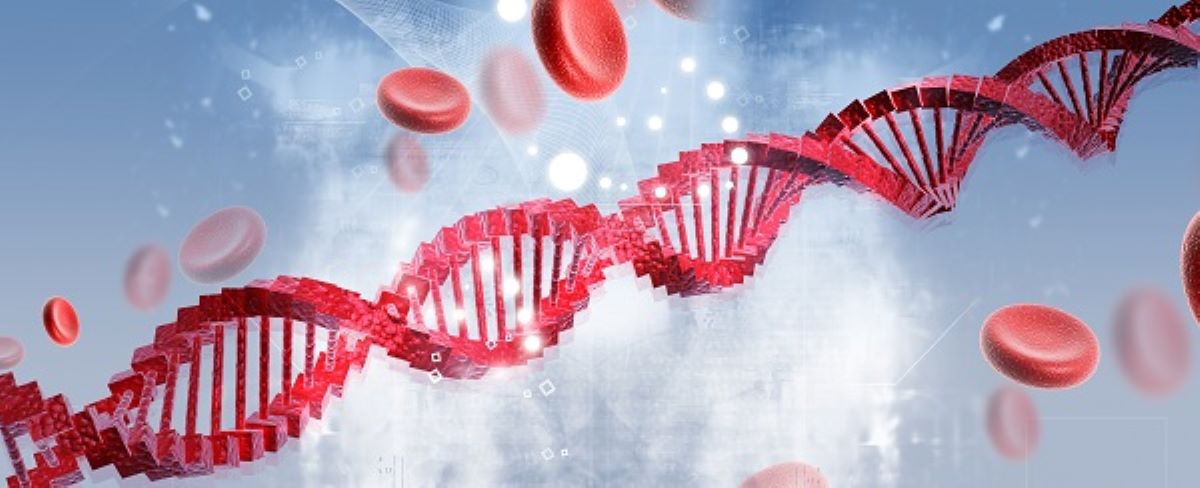
What is Malouf Syndrome? Malouf Syndrome, also known as dilated cardiomyopathy-hypergonadotropic hypogonadism (DCMHH) syndrome, is a rare congenital disorder. First identified in 1985 by Dr. Joe Malouf, this condition combines heart and reproductive system abnormalities. Patients often experience intellectual disability, ovarian dysgenesis, and dilated cardiomyopathy. Other symptoms include a broad nasal base, drooping eyelids, and skeletal abnormalities. The syndrome is frequently linked to mutations in the lamin A/C (LMNA) gene, though not all cases involve this gene. With fewer than 1 in 1,000,000 people affected, Malouf Syndrome remains a medical mystery requiring comprehensive care and ongoing research.
Key Takeaways:
- Malouf Syndrome is a rare condition combining heart and reproductive issues. It can cause intellectual disability, skeletal abnormalities, and skin lesions, and is often linked to genetic mutations.
- Treatment for Malouf Syndrome focuses on managing symptoms like heart enlargement and hormone imbalances. Supportive care for intellectual disability and specialized management for physical features are also important.
What is Malouf Syndrome?
Malouf syndrome, also known as dilated cardiomyopathy-hypergonadotropic hypogonadism (DCMHH) syndrome, is a rare congenital disorder. It combines cardiac and reproductive abnormalities, making it a complex condition to understand and manage.
-
First Diagnosed in 1985: Dr. Joe Malouf first identified Malouf syndrome in 1985. He diagnosed two sisters with congestive cardiomyopathy and ovarian dysgenesis, among other symptoms.
-
Intellectual Disability: Many patients exhibit intellectual disability. This can manifest as poor capacity to study and impaired language development in young age, followed by a general decline in intellectual potential.
-
Ovarian Dysgenesis: Females often experience premature ovarian failure, leading to hypergonadotropic hypogonadism. This means their ovaries do not function properly, affecting hormone levels.
-
Congestive or Dilated Cardiomyopathy: A primary feature of the syndrome is the enlargement of the heart and reduced ability to pump blood effectively.
Recognizable Physical Features
Malouf syndrome comes with distinct physical characteristics that can help in its identification.
-
Broad Nasal Base: A distinctive facial feature observed in many patients is a broad nasal base.
-
Blepharoptosis: Drooping eyelids, or blepharoptosis, are common among those affected.
-
Bone Abnormalities: Patients may exhibit skeletal abnormalities, including Marfan-like habitus with long and thin digits (arachnodactyly).
-
Marfanoid Habit: Some patients display tall stature with long and thin limbs, little subcutaneous fat, arachnodactyly, joint hyperextensibility, narrow face, small chin, and large testes in males.
-
Skin Lesions: Various skin lesions can be present, although not all patients exhibit these.
Genetic Aspects and Prevalence
Understanding the genetic components and how common Malouf syndrome is can provide insights into its complexity.
-
LMNA Gene Mutations: Malouf syndrome is often associated with mutations in the lamin A/C (LMNA) gene, located on chromosome 1q21.2-21.3.
-
Other Genetic Factors: Not all cases are linked to LMNA gene mutations. Some studies suggest other genetic factors may be involved in the pathogenesis of the syndrome.
-
Prevalence: The prevalence of Malouf syndrome is estimated to be less than 1 in 1,000,000. Approximately 20 families worldwide have been described in literature.
-
Familial Nature: Malouf syndrome is often familial, with many cases reported in consanguineous families. The parents of the two sisters initially diagnosed with the syndrome were first-degree cousins.
Diagnostic Challenges and Genetic Testing
Diagnosing Malouf syndrome can be tricky due to its rarity and overlapping symptoms with other conditions.
-
Diagnostic Challenges: Diagnosing Malouf syndrome can be challenging due to its rarity and overlapping symptoms with other conditions such as limb girdle muscular dystrophy, Hutchinson-Gilford progeria syndrome, and Noonan syndrome.
-
Genetic Testing: Genetic testing for the LMNA gene can serve as a diagnostic tool. However, not all cases are associated with LMNA gene mutations, and other genetic factors may be involved.
Treatment and Management
There is no specific cure for Malouf syndrome, but various treatments can help manage its symptoms.
-
Cardiac Management: Patients often require cardiac management to address the dilated cardiomyopathy. This may involve medications to improve heart function, lifestyle modifications, and in some cases, heart transplantation.
-
Hormone Replacement Therapy: Hormone replacement therapy (HRT) is commonly used to manage hypergonadotropic hypogonadism. HRT can help alleviate symptoms such as delayed puberty and infertility.
-
Intellectual Disability Support: Supportive care for intellectual disability is crucial. This includes educational and therapeutic interventions tailored to the individual's needs, as well as ongoing medical care to manage associated health issues.
-
Skeletal and Skin Management: Skeletal and skin abnormalities can be managed through various treatments. For example, physical therapy may help improve joint mobility, while dermatological treatments can address skin lesions.
-
Marfanoid Habit Management: Patients with Marfan-like habitus may require specific management strategies. This includes regular monitoring for potential complications such as joint hypermobility and cardiovascular issues.
Final Thoughts on Malouf Syndrome
Malouf syndrome, a rare and complex congenital disorder, combines cardiac and reproductive abnormalities. First identified in 1985 by Dr. Joe Malouf, it presents with intellectual disability, ovarian dysgenesis, and dilated cardiomyopathy. Genetic mutations, often in the LMNA gene, play a significant role, though not all cases are linked to this gene. Diagnosing Malouf syndrome is challenging due to its rarity and symptom overlap with other conditions. Treatment focuses on managing symptoms, including cardiac care, hormone replacement therapy, and support for intellectual disabilities. Despite its rarity, understanding Malouf syndrome is crucial for providing appropriate care. Ongoing research aims to uncover more about its genetic factors and develop better management strategies. This knowledge helps improve the lives of those affected and their families.
Frequently Asked Questions
Was this page helpful?
Our commitment to delivering trustworthy and engaging content is at the heart of what we do. Each fact on our site is contributed by real users like you, bringing a wealth of diverse insights and information. To ensure the highest standards of accuracy and reliability, our dedicated editors meticulously review each submission. This process guarantees that the facts we share are not only fascinating but also credible. Trust in our commitment to quality and authenticity as you explore and learn with us.


